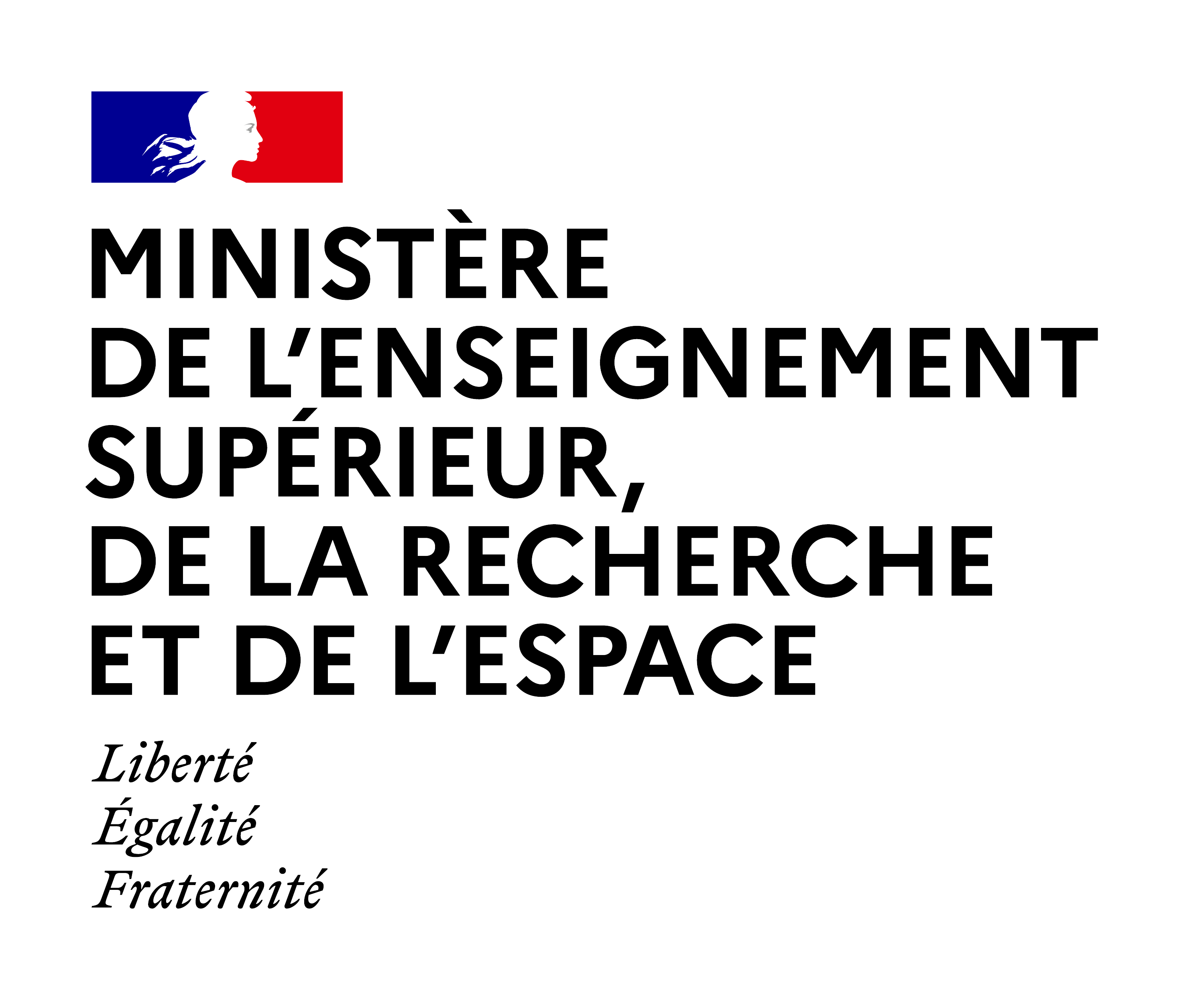Expected Outcome:
The European Union aims at reducing its net greenhouse gas emissions by at least 55% by 2030 compared to 1990 levels, and at achieving carbon neutrality by 2050. Under the European Green Deal, the Commission has also adopted a zero-pollution action plan, with a zero-pollution ambition, and a Biodiversity Strategy. In view of achieving these ambitious targets it is appropriate to further explore the development of direct air carbon capture and storage (DACCS) and bioenergy carbon capture and storage (BECCS) as CO2 capture technologies in combination with CO2 storage, duly assessing their impacts on other environmental challenges.
The project is expected to develop highly innovative CCUS /carbon negative technologies leading to CO2 removal. It should enable the cost-effective deployment of technologies such as DACCS and/or BECCS ideally linking them to industrial clusters with special emphasis of these technologies to safe CO2 underground storage and CO2 utilisation.
Project results are expected to contribute to at least one of the following expected outcomes:
- Improve existing or develop new materials for DACCS and/or BECCS technologies; or
- Address potential barriers to the incorporation of DACCS and/or BECCS technologies in existing CC(U)(S) concepts; or
- Make DACCS and/or BECCS technologies a viable option to make the EU carbon neutral by increasing the TRL levels and reducing cost of the different technological options
Scope:
This topic focusses on DACCS and BECCS, which are technologies that can help reaching climate neutrality by 2050 by creating the carbon sinks required to balance out residual emissions in 2050.
The objective of this topic is to further the technological development of DACCS and BECCS, and addressing the environmental, social and economic challenges and benefits with the view of establishing this concept as a viable technology to fight climate change. The potential technologies require major technological breakthroughs.
Projects should substantiate the potential for the proposed solutions in the area(s) of DACCS and/or BECCS as CO2 mitigation option by conducting an LCA in conformity with guidelines developed by the Commission, such as the Innovation Fund GHG methodology and the relevant ISO standards and the EU Taxonomy Regulation. This life cycle consideration should include the sustainability of biomass and the renewable origin of electricity but also assess other environmental dimensions (requirements for land, water; impacts on air and water quality, biodiversity; distances to major storage clusters, leakages etc.).
Technology development has to be balanced by an assessment of the societal readiness towards the proposed innovations. Relevant end users and societal stakeholders (such as civil society organisations, non-governmental organisations, and local associations) will be identified in the proposal and involved in deliberative activities to understand and address their concerns and needs. This will be analysed during the project using appropriate techniques and methods from the social sciences and humanities, in order to create awareness, gain feedback on societal impact and advancing society’s readiness for the proposed solutions. Projects, therefore, could consider the inclusion of relevant SSH expertise in order to enhance the societal impact of the related research activities. Projects should also explore the socio-economic and political barriers to acceptability and awareness with a view to regulatory or policy initiatives and include aspects of circularity and best use of resources.
Plan for the exploitation and dissemination of results for proposals submitted under this topic should include a strong business case and sound exploitation strategy, as outlined in the introduction to this Destination. The exploitation plans should include preliminary plans for scalability, commercialisation, and deployment (feasibility study, business plan, financial model) indicating the possible funding sources to be potentially used (in particular the Innovation Fund).
Proposals that include research into the use of direct air capture and BECCS for enhanced oil recovery will not be considered. Proposals are expected to take into account the related activities within the EU ETS Innovation Fund and the EU Catalyst Partnership. International cooperation with Mission Innovation countries is encouraged in line with the Carbon Dioxide Removal Mission (CDR Mission). [1].
Successful projects will be encouraged to join the EU CCUS knowledge sharing project network.
[1] Applicants are reminded that legal entities established in China are not eligible to participate in Innovation Actions in any capacity. Please refer to the Annex B of the General Annexes of this Work Programme for further details.





